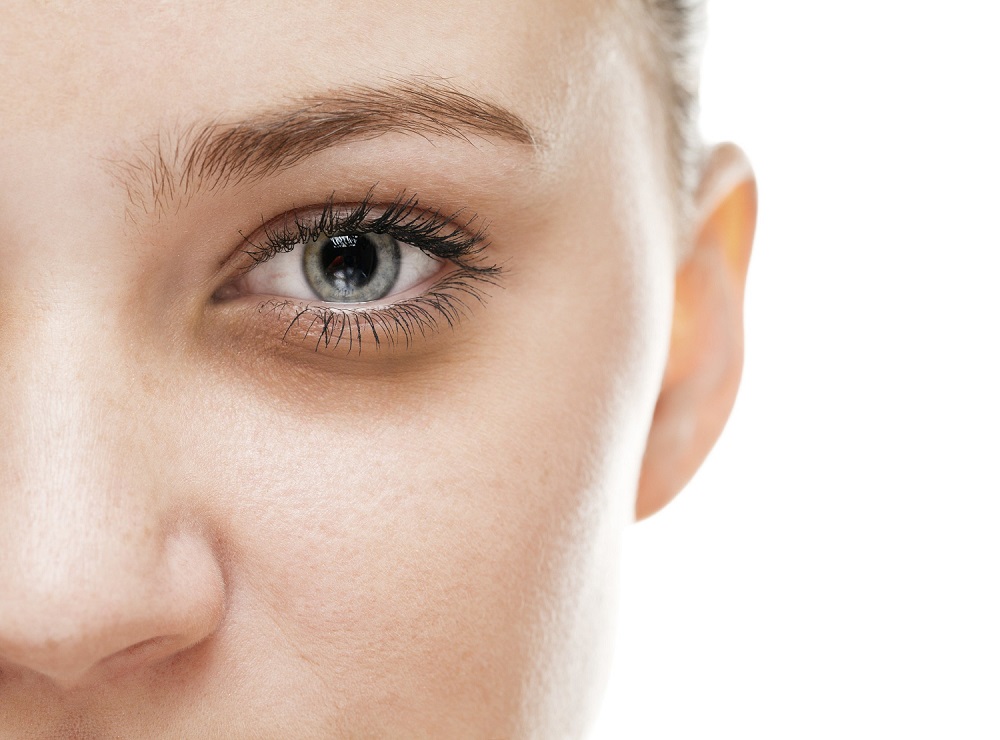EYELID BROUGHTS, CAUSES AND SOLUTION SUGGESTIONS
The skin on the eyelids is structurally very thin. The distribution of melanin pigments, which give color to the skin, determines the color of the skin on the eyelids.
Melanin is a natural pigment produced by special skin cells called melanocytes. Skin with a higher amount of melanin appears darker in color, while skin with lower melanin levels appears lighter. Additionally, the distribution of superficial blood vessels also affects the color of the skin, especially in thin-skinned areas like the eyelids.
When there is darkening of the skin in a specific area, it is referred to as hyperpigmentation. This occurs due to increased melanin production in that area. The causes of darkening around the eyelids, often associated with increased pigmentation, are typically related to various factors that occur in and around the eyes. It’s important to distinguish hyperpigmentation caused by increased pigmentation from discoloration that can result from artificial dyes or chemical burns. Hyperpigmentation-related color changes usually manifest as circular dark rings around the eyes.
Most often, darkening of the skin on the eyelids is due to inflammation in this area. Inflammation is a process initiated by the body to protect tissue from damage and is usually a response to infection or trauma. Inflammation is typically a short-term condition, but when it persists, it can stimulate melanocytes, leading to increased melanin production and skin darkening.
Allergies are an example of long-term and recurrent inflammation. People with allergic rhinitis or asthma often experience eye allergies as well. Prolonged allergic inflammation around the eyes can lead to darkening of the skin.
In cases of allergic conjunctivitis, another reason for skin darkening is trauma caused by repeated rubbing of itchy eyelids. Rubbing the eyelids can lead to skin darkening.
Furthermore, in allergic individuals, repeated applications of allergens such as cosmetics can lead to a skin reaction called allergic contact dermatitis. Contact dermatitis is an example of prolonged inflammation, and it can cause changes in skin color on the eyelids over time.
When exposed to various factors that cause damage, such as mechanical, chemical, or electromagnetic factors, permanent skin darkening can occur on the eyelids. Continuous rubbing of the eyelids can result in mechanical damage, while exposure to strong acids or similar substances causes chemical damage. Sunburn is an effect of electromagnetic damage, although skin darkening caused by sunburn on the eyelids is generally temporary.
Some substances, even if natural and harmless, like tears or sweat, can cause discomfort when exposed to the skin for extended periods. Such substances can lead to irritant contact dermatitis. Consequently, itching, redness, and a burning sensation can occur around the eyelids. Repeated rubbing of itchy eyelids due to itching can result in skin darkening.
A lack of sleep for extended periods can cause skin darkening around the eyelids. The exact cause of this phenomenon has not yet been fully explained. It is thought that inadequate sleep causes the blood vessels around the eyes to dilate, making the eyelids appear darker. Additionally, the dilation of blood vessels can lead to fluid leakage into the surrounding tissue, often resulting in both skin darkening and puffiness around the eyelids.
In cases of certain nutritional deficiencies, such as iron-deficiency anemia and B vitamin deficiencies, dark circles around the eyes can be observed.
Genetic factors, advancing age, and the use of cosmetic products are other factors that can contribute to skin darkening on the eyelids.
Here are some simple tips for reducing dark circles around the eyes:
- Cold Compress: Applying a cold compress to the eyelids is a known method to reduce inflammation. Placing an ice pack or even cucumber slices (chilled in the refrigerator) on the eyelids can provide relief due to their cooling effects.
- Get Adequate Sleep: Increasing the number of hours of sleep can help alleviate dark circles.
- Balanced Diet: Maintaining a well-balanced diet can have a positive impact on the overall health of your skin.
- Avoid Eye Makeup: In cases where there is swelling and itching along with eyelid darkening, it is advisable to avoid eye makeup.
- Use UV-Blocking Sunglasses: Wearing sunglasses with UV protection, especially on sunny days, can help prevent an increase in dark circles around the eyes.
When considering treatment for dark circles around the eyes, it’s essential to identify and address any underlying causes. Tailoring the treatment approach to address the root cause can enhance effectiveness and reduce the likelihood of recurrence. Since the skin on the eyelids is very thin, skin-lightening and exfoliating methods applied to other areas of the body may not be suitable for the eyelids. It is recommended to investigate various factors mentioned above, such as allergies or nutritional deficiencies, before starting any treatment, as this can contribute to post-treatment satisfaction.

